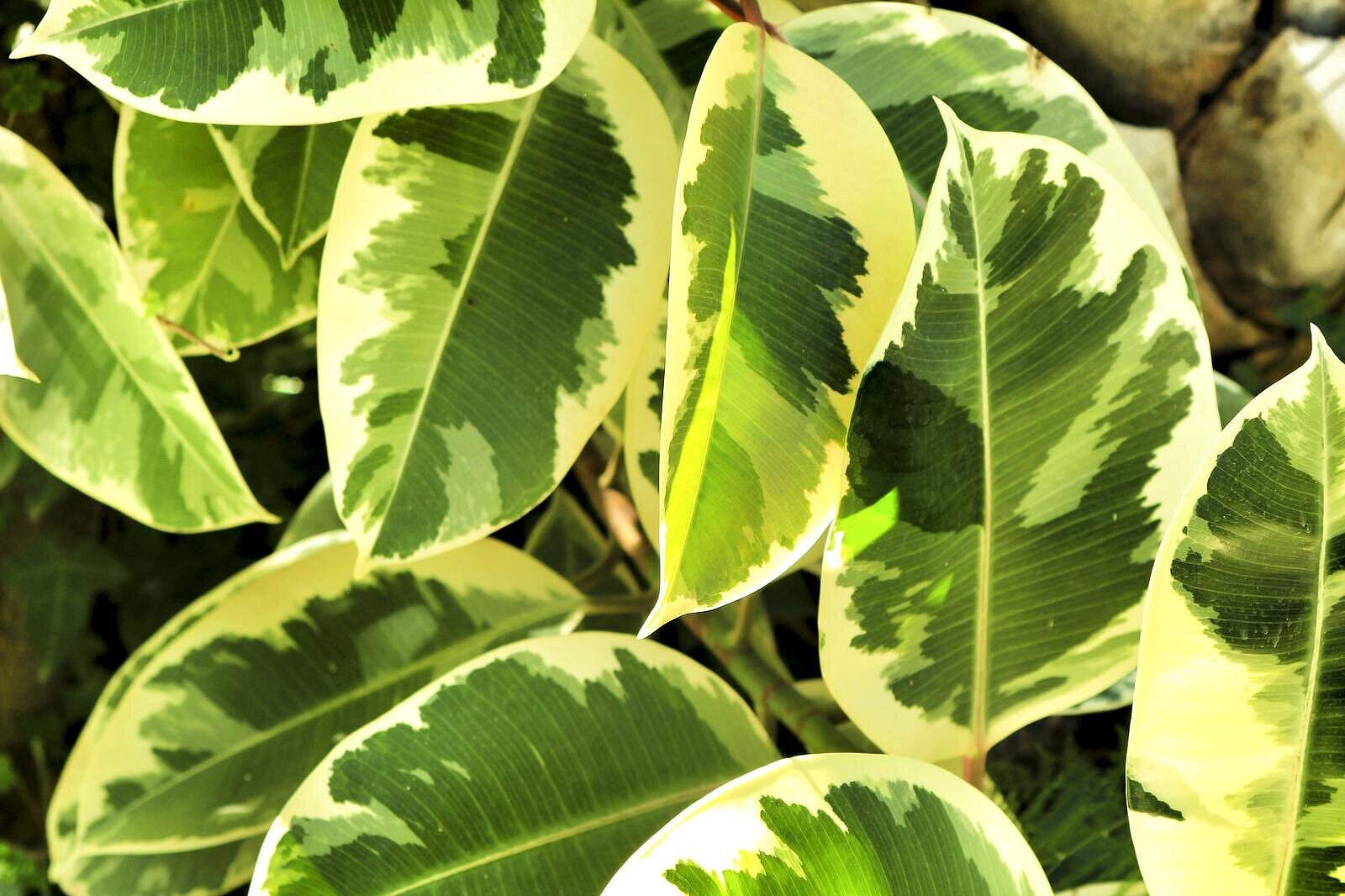Rubber tree

The rubber tree plays a central role in the global economy through the production of natural rubber, an essential material in many industries. While this plant is of great benefit to humans, dog owners need to recognize the potential danger that certain parts of the plant can pose. The health and safety of our dogs should always be paramount, which is why a sound understanding of the effects of the rubber tree on dogs is essential.
The components of the rubber tree: an overview
The rubber tree is made up of several components, including:
- Leaves: green and vital to the plant's photosynthesis.
- Sap (latex): A milky liquid used mainly for the production of natural rubber.
- Bark: Protects the inner part of the tree.
- Seeds: Are used for the propagation of the plant.
Each of these parts plays an important role in the life cycle of the rubber tree, but their safety in contact with dogs varies.
Toxicity of the rubber tree to dogs
The rubber tree itself is not inherently toxic to dogs. However, there are related plant species, such as the ficus (a popular indoor tree), which may contain components that are toxic to dogs. The sap or latex of the rubber tree can cause allergic reactions in some dogs if they come into contact with it. These reactions are not usually life-threatening, but it is important to look out for signs of intolerance.
Symptoms of poisoning
If your dog has come into contact with a poisonous part of the rubber tree or a related plant, the following symptoms may occur:
- Vomiting
- diarrhea
- Loss of appetite
- Excessive salivation
- Skin rashes (on contact with the latex)
If these symptoms occur, you should consult a vet immediately.
Prevention and first aid
To prevent poisoning, it is advisable to limit your dog's access to rubber trees and similar plants. However, if your dog has come into contact with the plant and shows symptoms, it is important to act quickly:
- Remove all parts of the plant from your dog's mouth.
- Wash affected areas of skin with water to remove latex residue.
- Contact your vet for professional advice.
Although the rubber tree itself is not considered highly toxic to dogs, it is important to exercise caution and consider potential risks from related plant species or allergic reactions to latex. By taking preventative measures and acting quickly in the event of exposure, you can help protect your dog's health and well-being. Remember, the safety of your four-legged friend is in your hands.
If you notice any signs of hypersensitivity or poisoning in your dog, you should see your vet immediately. We are not a substitute for a vet, but we try to be as accurate as possible. Every dog reacts differently and we recommend you get a second opinion or consult your vet if in doubt.
Stay healthy and take good care of your four-legged friend!😊
Similar to Rubber tree
Rubber tree is the colloquial name for a group of plants from the spurge family. The best-known representative is Ficus elastica, which originates from Southeast Asia and can grow up to 30 meters...
The porridge apple tree, a deciduous tree native to North America, is known for its large, edible fruit that has a texture reminiscent of porridge. While these fruits are popular with humans, the...
Guayule is a shrub plant native to the desert regions of southwestern North America. It has made a name for itself in recent years as an alternative source of natural rubber without the latex...
The gutta-percha tree (Palaquium gutta) grows mainly in the humid tropics and is famous for its latex-like resin, which is used in a variety of ways. However, while its uses in humans are well...



